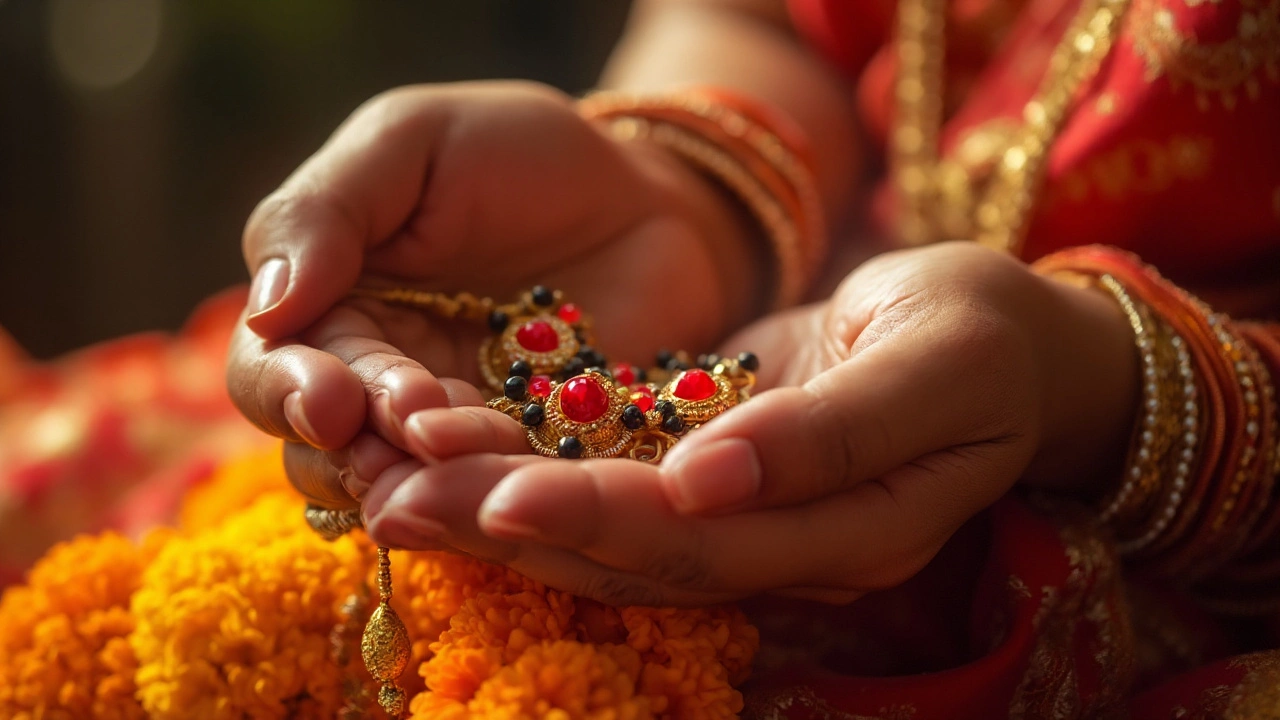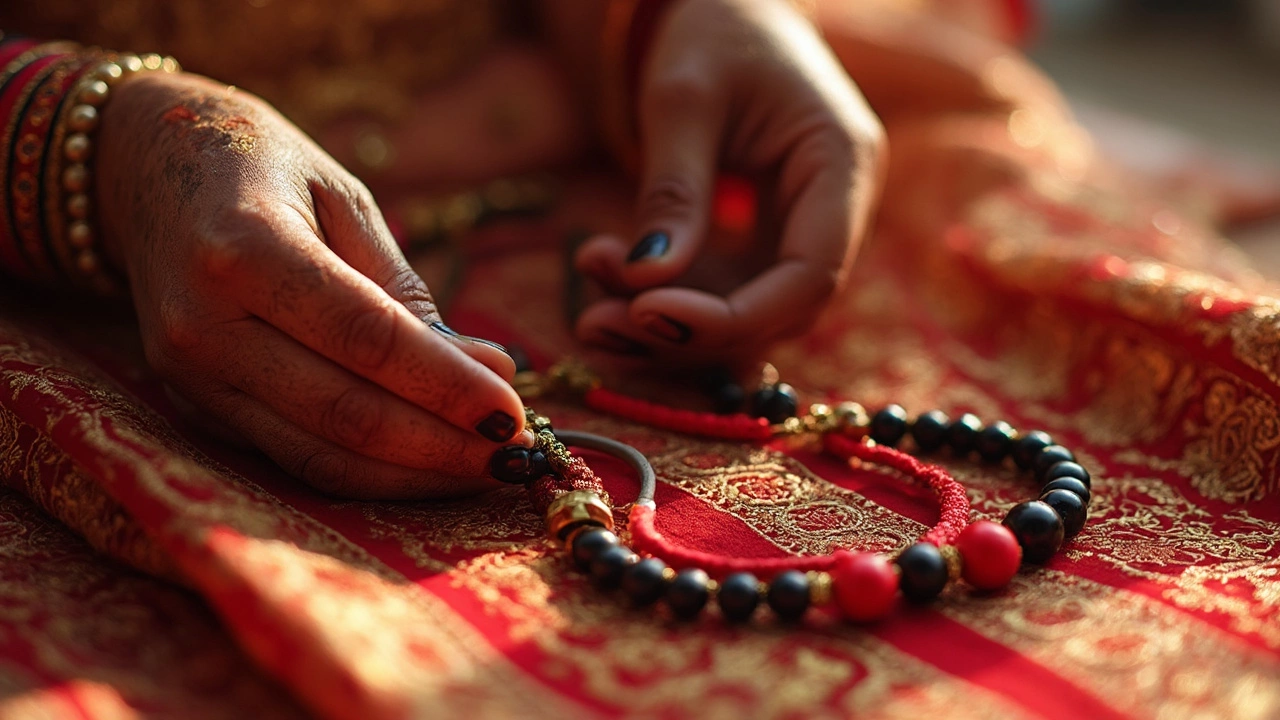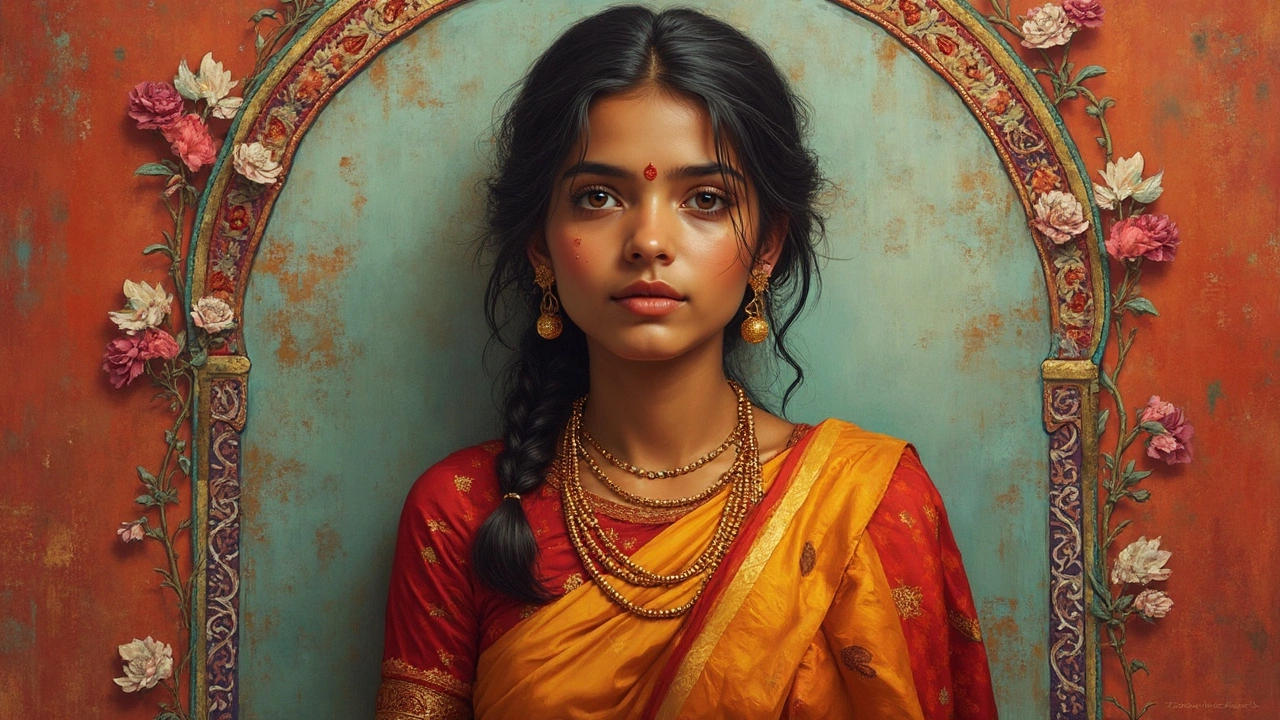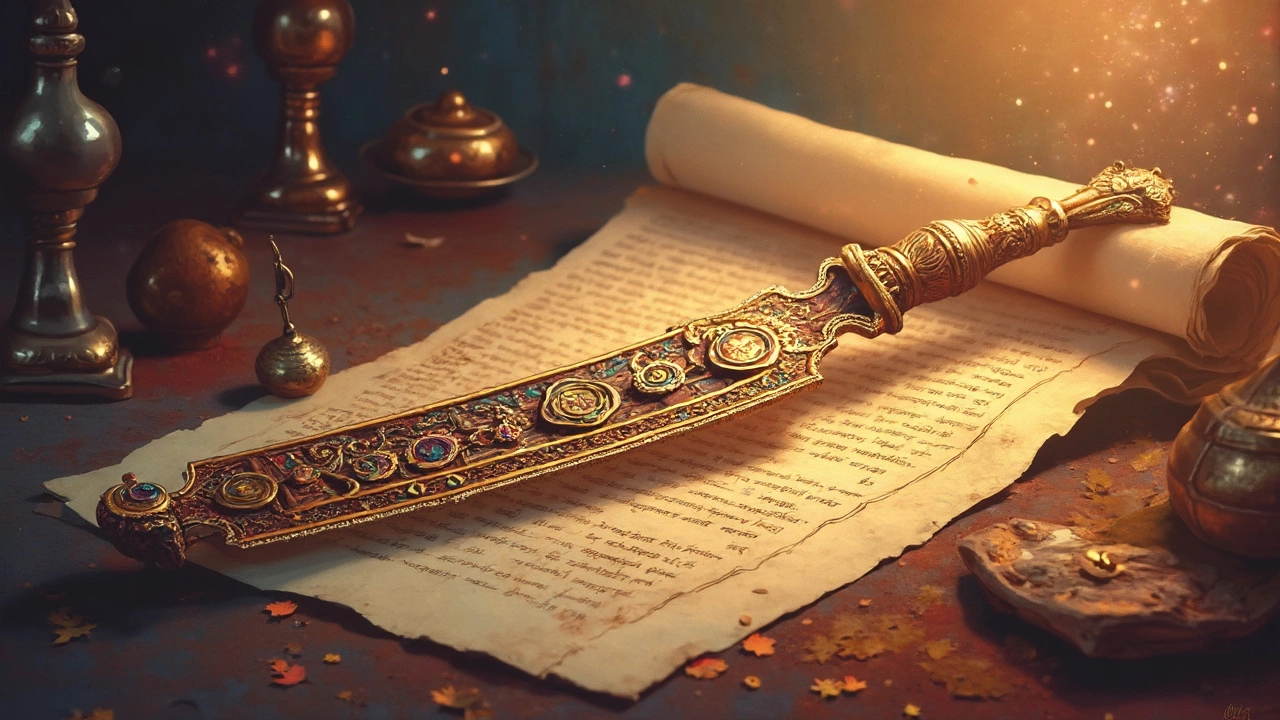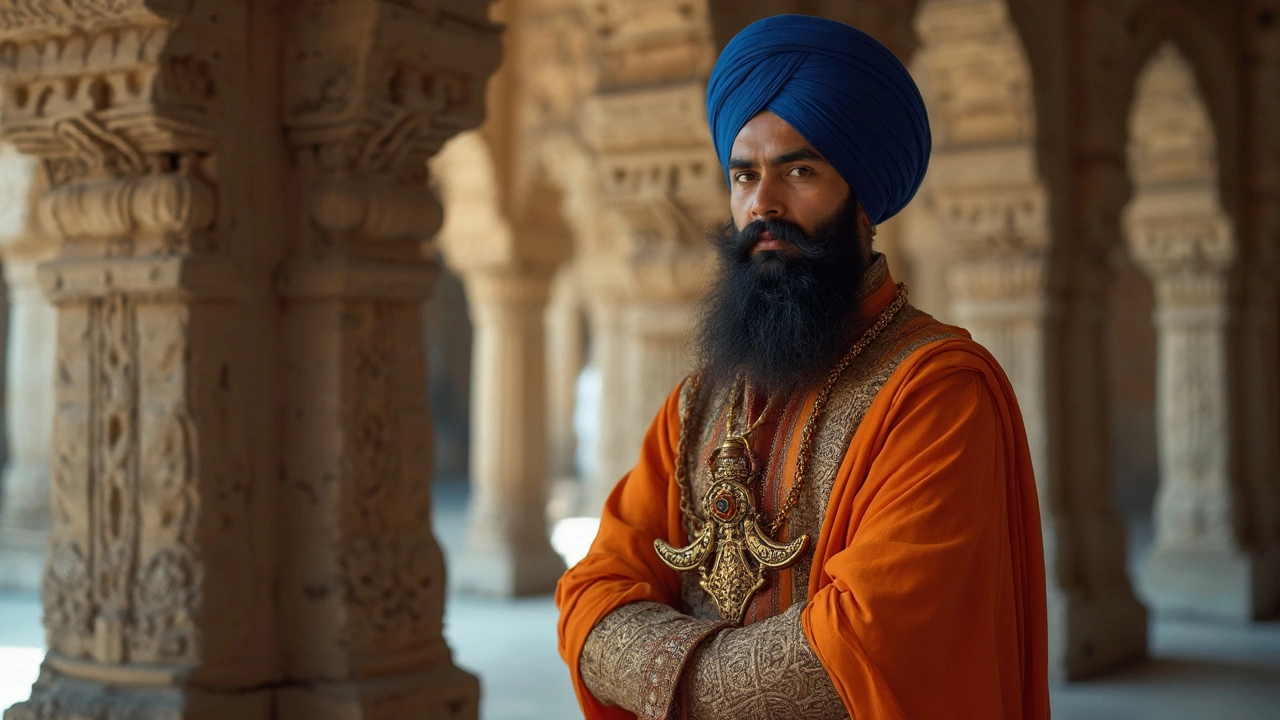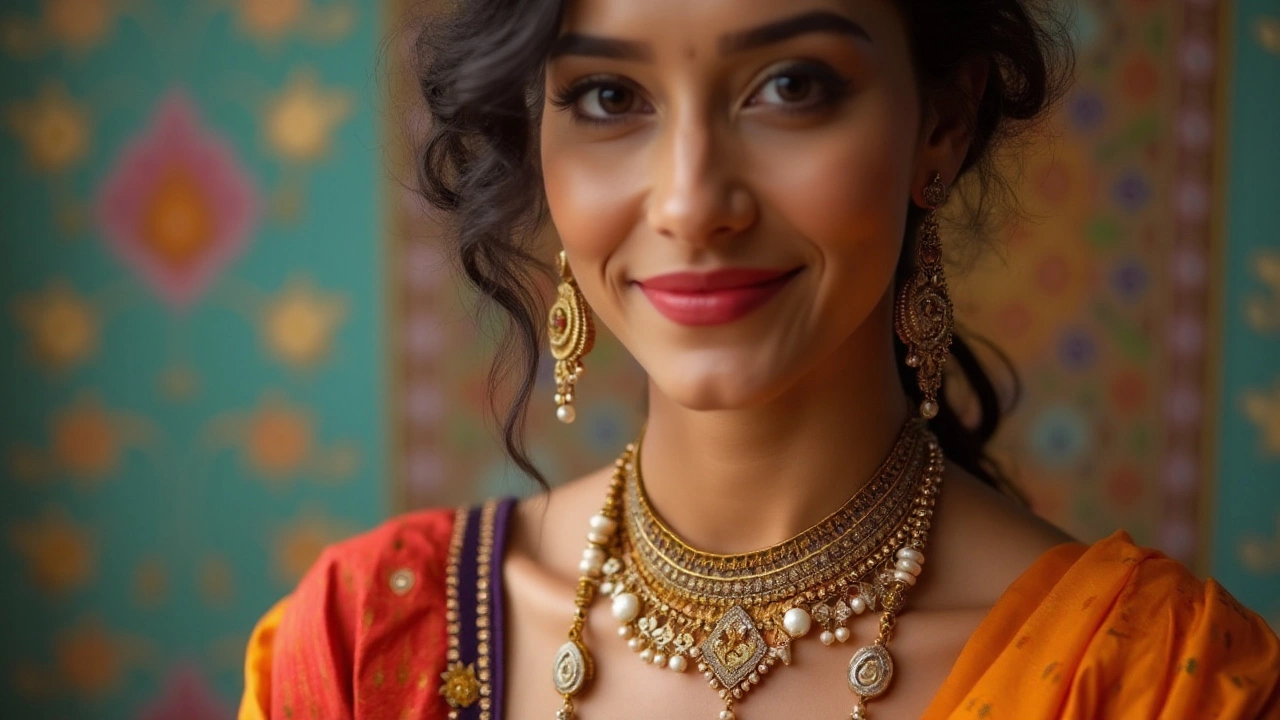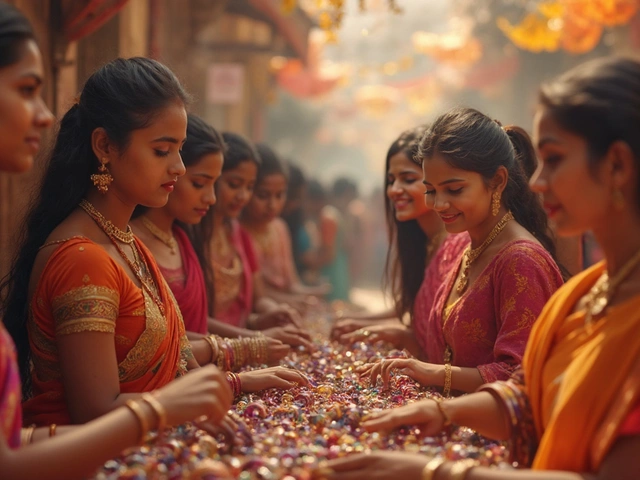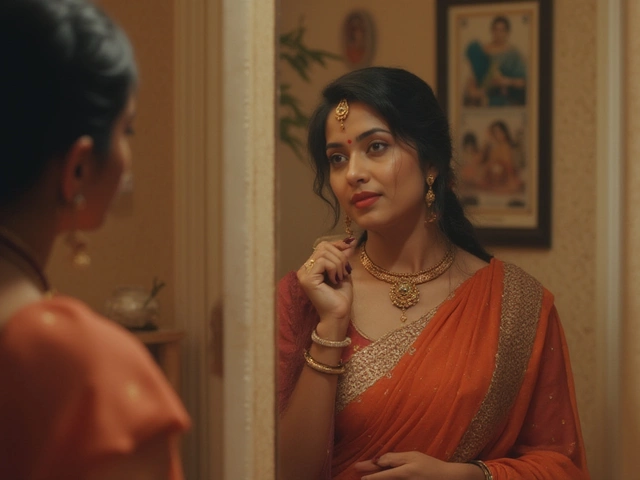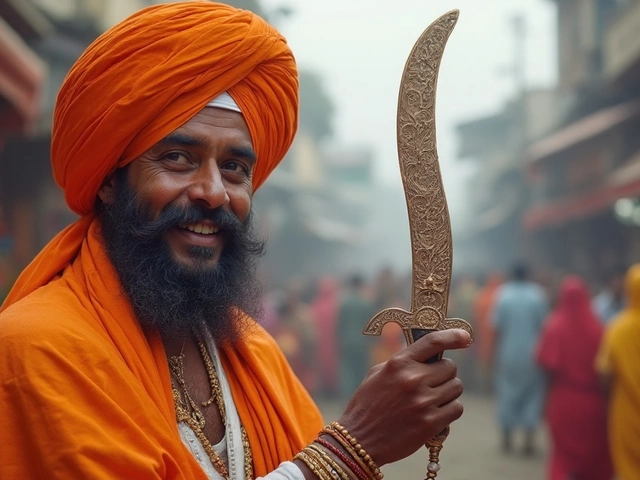Tradition: A Look at Indian Cultural Jewelry and Lifestyle
When you think of Indian tradition, the first thing that pops up is often a splash of color, a shining piece of gold, or a pattern that has been handed down for generations. From nose studs that carry deep religious ties to black bangles that symbolize protection, every piece tells a story. In this guide, we’ll break down the most talked‑about traditions, show why they matter today, and give you quick tips on how to wear them with confidence.
Nose Pins, Studs, and Their Cultural Roots
One of the most recognizable Indian traditions is the nose pin. It isn’t just a fashion statement; many families see it as a rite of passage for girls. Different regions favor different styles – a tiny gold stud in the north, a tiny ruby‑set “nath” in the south. If you’re wondering whether a nose pin suits your face shape, start by checking where the pin sits on your nose. A high‑bridge nose looks great with a raised stud, while a flatter bridge works best with a low‑profile design. Remember, the key is comfort – you should be able to wear it all day without irritation.
Black Bangles, Mangalsutra, and Other Symbolic Pieces
Black bangles often get a bad rap because they look bold, but they actually carry a protective vibe. In many Indian homes, they’re believed to ward off negativity and attract good luck. Pair them with gold or silver for a modern twist – the contrast makes the look pop without feeling dated.
The mangalsutra is another staple. While some people think you must wear it after marriage, many modern couples choose styles that blend tradition with contemporary design. If you’re picking one, think about the chain thickness, pendant shape, and whether you want gold, diamond, or mixed metals. A simple gold chain with a tiny pendant works for office wear, while a heavier, gem‑studded version shines at weddings.
Beyond jewelry, traditional clothing like sarees, kurta‑pajamas, and salwar suits still dominate celebrations. Choose fabrics that fit the climate – cotton for summer, silk for winter evenings. Pair a silk saree with a subtle gold bangle and a splash of red lipstick for a classic look, or mix a cotton kurta with a black bangle for a relaxed weekend vibe.
So, why do these traditions matter? They connect us to our roots and give us a sense of belonging. Whether you’re buying a nose stud for the first time or gifting a mangalsutra to a loved one, the story behind the piece adds value far beyond its price tag.
Ready to add a touch of tradition to your wardrobe? Start with one piece that speaks to you – maybe a black bangle for daily protection or a simple gold nose stud for a subtle shine. Then, layer in more items as you get comfortable. The best part? Each addition feels like a personal milestone in your own style journey.
Why Are Black Beads Essential in Mangalsutra? Meaning, Myths & Modern Trends
Explore the deeper meaning, origins, and ongoing importance of black beads in mangalsutra. Uncover myths, cultural facts, and design insights packed into one guide.
Is It Compulsory to Have Black Beads in Mangalsutra? Real Facts and New Designs
Wondering if black beads are a must-have in mangalsutra designs? This article looks at the real reasons behind using black beads, how traditions have changed, and what modern mangalsutras look like now. Find out if skipping black beads matters and get some tips for choosing a style that fits your personal vibe (and family expectations). If you’re picking out a mangalsutra or just curious about the meaning of those beads, you’ll get real, clear answers here.
Mangalsutra Red Beads: Why They Matter in Design
Wondering why mangalsutras have those striking red beads? This article breaks down the real reason behind their use, exploring the cultural roots, symbolism, and even modern takes on this tiny but meaningful detail. Discover how the design blends tradition with practicality, and what to keep in mind if you’re buying or customizing one today. If red beads caught your eye in a mangalsutra, you’ll leave knowing exactly why they’re there.
Why Do Indians Have a Red Dot? Exploring the Tradition of Bangles
Ever wondered why some Indians wear a red dot on their forehead? This distinctive mark, known as a bindi, holds deep cultural and historical significance. While mostly worn by women, it's more than just a decorative item; it signifies marital status and spiritual focus. Curious about the connection between this and the traditional Indian bangles? Delve into how these cultural symbols are intertwined in Indian tradition.
When to Remove Your Red Thread Bracelet
Red thread bracelets aren't just a trend; they are deeply rooted in various cultural and spiritual traditions. While they are worn for protection, luck, or connection to specific rites, knowing when and how to remove them is key. The timing can depend on the specific tradition you're following, be it Hindu, Kabbalistic, or even personal belief. Understanding the significance and proper timing of removal can enhance the experience.
Kirpan: A Sacred Duty Beyond the Sword
The Kirpan is an essential symbol in Sikhism, representing more than just a mere sword. It's a manifestation of faith, courage, and the duty to stand against injustice. This article explores its roots, contemporary relevance, and the sense of identity it provides to its bearers. Discover the profound meaning and responsibilities tied to this sacred article of faith.
The Evolution of the Kirpan: A Journey Through Time
The kirpan is not just a dagger in Sikhism; it holds a deep spiritual and cultural significance. Over the years, its design and use have adapted, yet its symbolic meaning remains unchanged. This article delves into the history, modern interpretations, and the diverse roles the kirpan plays today. We will explore how different communities interpret the kirpan's relevance and how this ancient tradition meets contemporary challenges.
Understanding the Kirpan: Sikh Symbol of Protection and Duty
The Kirpan is a ceremonial dagger that holds deep significance in Sikhism, symbolizing the commitment to protect others and uphold righteousness. As one of the Five Ks mandated for initiated Sikhs, it reflects the values of courage and defense against injustice. This article explores the history, importance, and ceremonial duties attached to the Kirpan, providing a deeper understanding of its role in Sikh identity and practice.
Exploring the Tradition and Trends of Wearing Two Mangalsutras
Discover the cultural significance and modern trends of wearing two mangalsutras. This article explores whether it's permissible for women to wear more than one mangalsutra, considering both traditional beliefs and contemporary styles. Learn about the diverse meanings and personal choices that influence this practice in today's world. This discussion aims to provide insights for those interested in traditional Indian jewelry and how it adapts over time.
